2005 Mitsubishi Concept D:5
- Story Cars
.png/v1/fill/w_320,h_320/file.jpg)
- Jun 6
- 2 min read
The 2005 Mitsubishi Concept D:5 was a near-production prototype that previewed the next-generation Delica, the fifth since the model’s 1968 debut. It reimagined the minivan as a more capable, go-anywhere vehicle that blended family practicality with SUV ruggedness. While the Delica had always leaned toward utility, the Concept D:5 pushed this further with bold design, advanced safety features, and a platform shared with the second-generation Mitsubishi Outlander.
The exterior design reflected Mitsubishi’s “super-mobility” concept, with a lifted mono-box body, high ground clearance, and squared proportions. Straight lines and a wide stance gave it a strong and purposeful look, while details like short overhangs and pronounced wheel arches hinted at off-road capability. It featured large sliding rear doors and three rows of seats, maintaining the core functionality of a family van but packaged in a much tougher shell.
Inside, the Concept D:5 showcased a distinctive “Rib Bone Frame” structure—exposed reinforcing elements that not only hinted at the vehicle’s structural rigidity but also became a key styling element. A large glass roof and a mix of metallic and natural materials created a modern and airy cabin environment. Mitsubishi emphasized that the design wasn’t just aesthetic; it aimed to visually communicate the sense of safety and protection built into the vehicle.
Under the hood, the Concept D:5 used a 2.4-liter MIVEC inline-four engine made of lightweight aluminum, producing around 170 horsepower. This was paired with a Sport Mode CVT that simulated six gear steps, giving the driver more control while maintaining the smoothness typical of a CVT. The drivetrain featured Mitsubishi’s All Wheel Control (AWC) system, which offered three selectable modes: 2WD for fuel efficiency, 4WD Auto for varying road conditions, and 4WD Lock for more demanding off-road terrain.
The Concept D:5 was packed with advanced safety technologies rarely seen in minivans of the time. It featured a lane tracing system that used cameras to detect lane markings and apply gentle steering corrections. Adaptive cruise control maintained a safe following distance using radar, while a set of 10 sensors provided 360-degree obstacle detection to assist in low-speed maneuvering. Passive safety was also a focus, with a reinforced body structure designed to protect occupants in rollovers or collisions.
Though the Concept D:5 was presented as a design and technology showcase, it closely resembled the production Delica D:5 that would launch shortly after in Japan. The production model retained much of the concept’s styling and mechanical features, solidifying the Concept D:5’s role as more than just a show car—it was the real-world blueprint for Mitsubishi’s next evolution of the Delica.









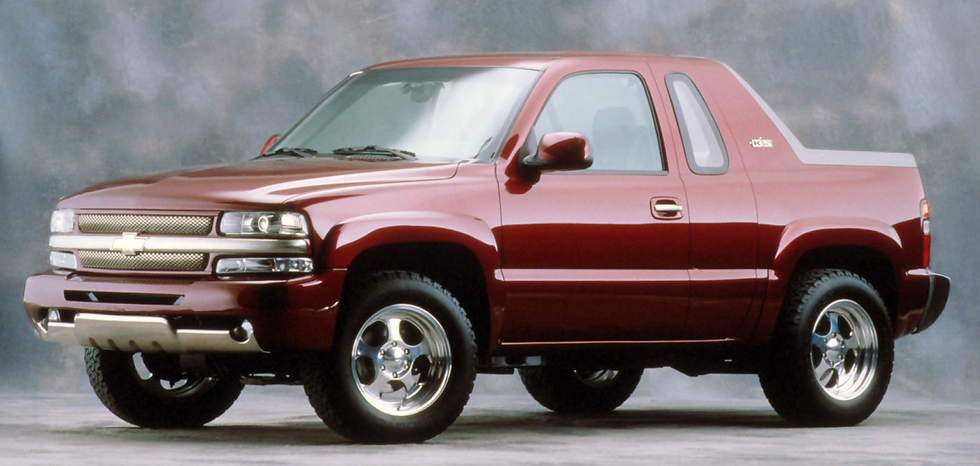






























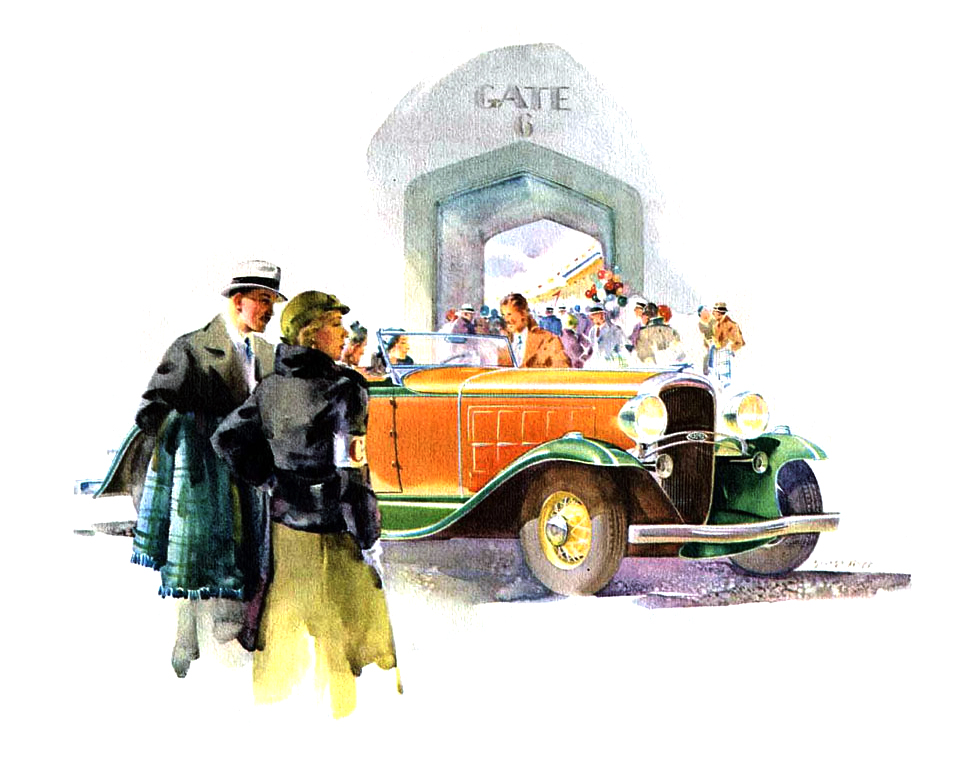
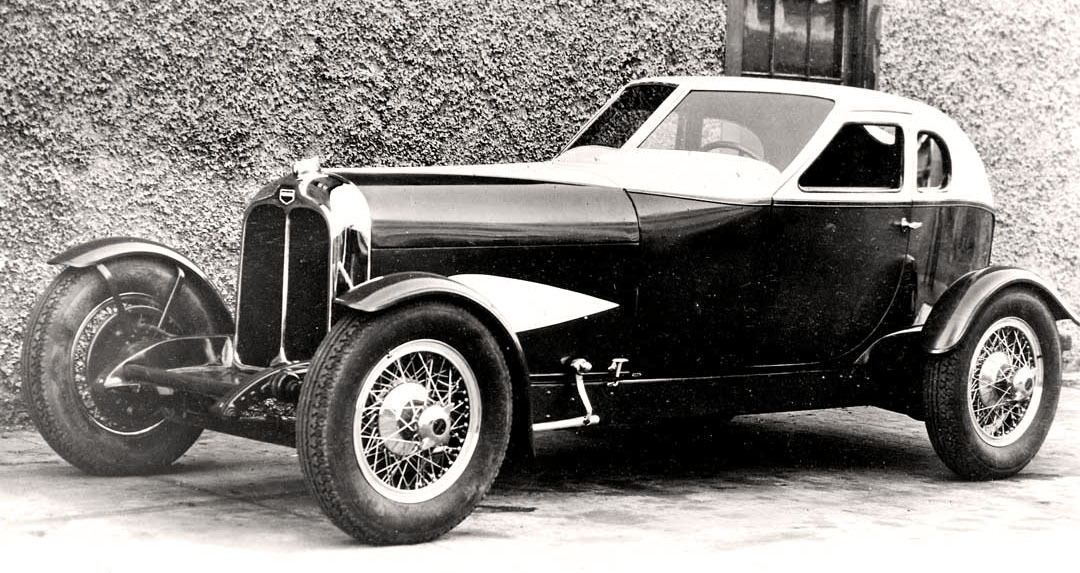
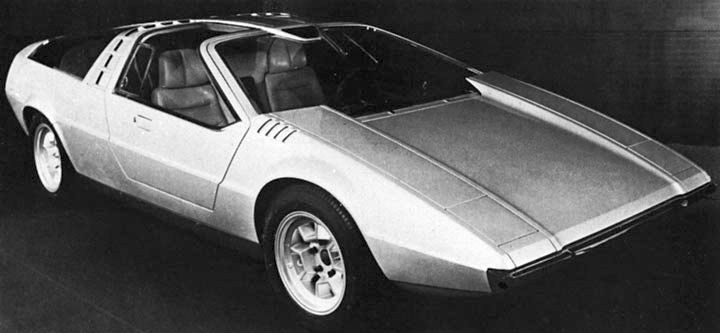






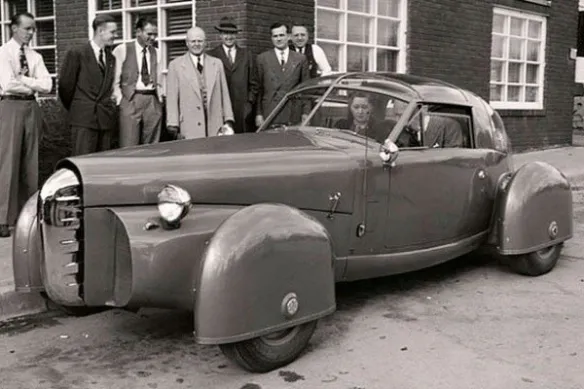



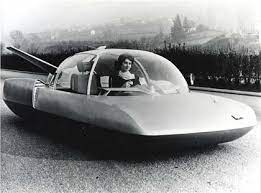

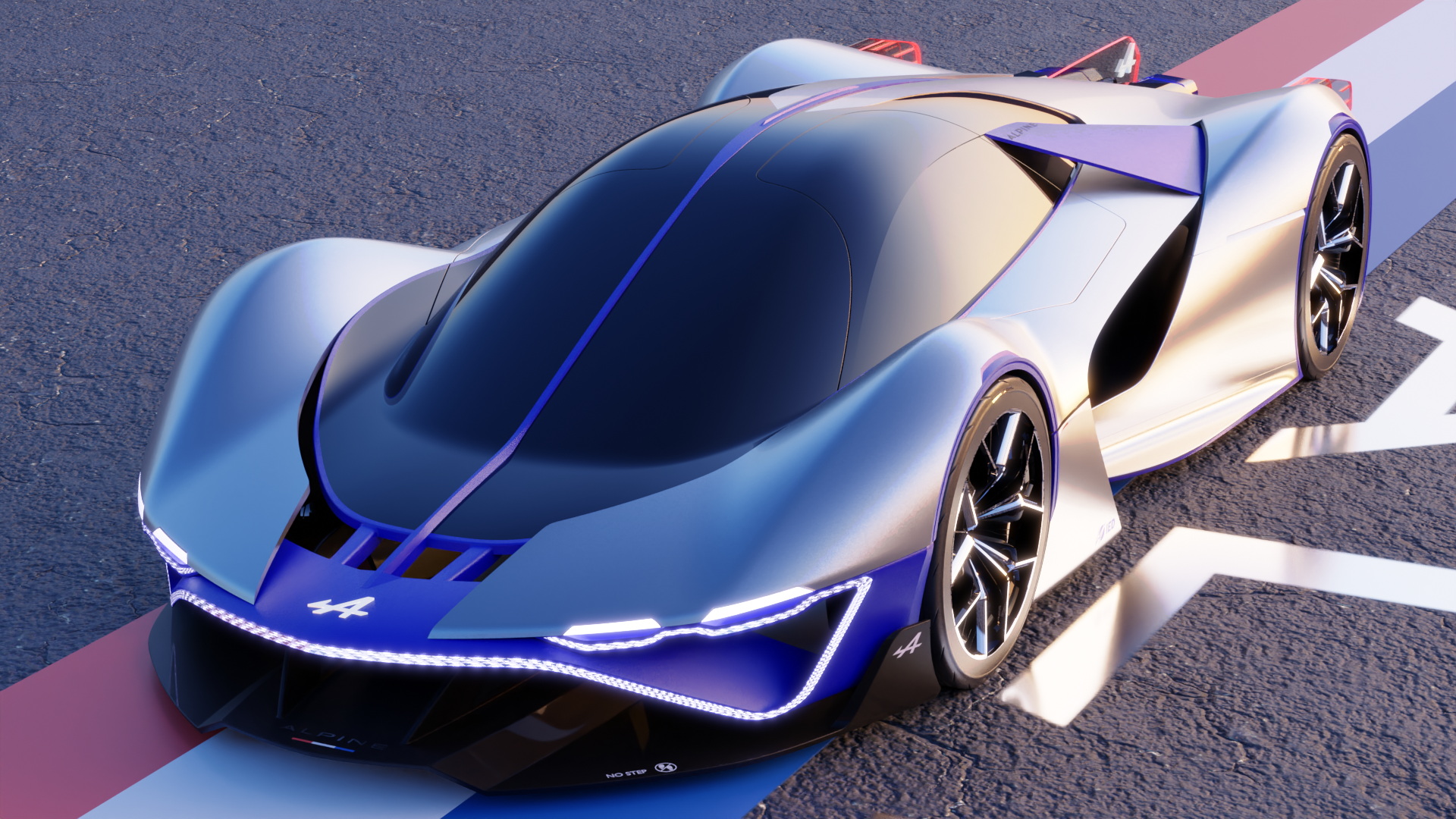


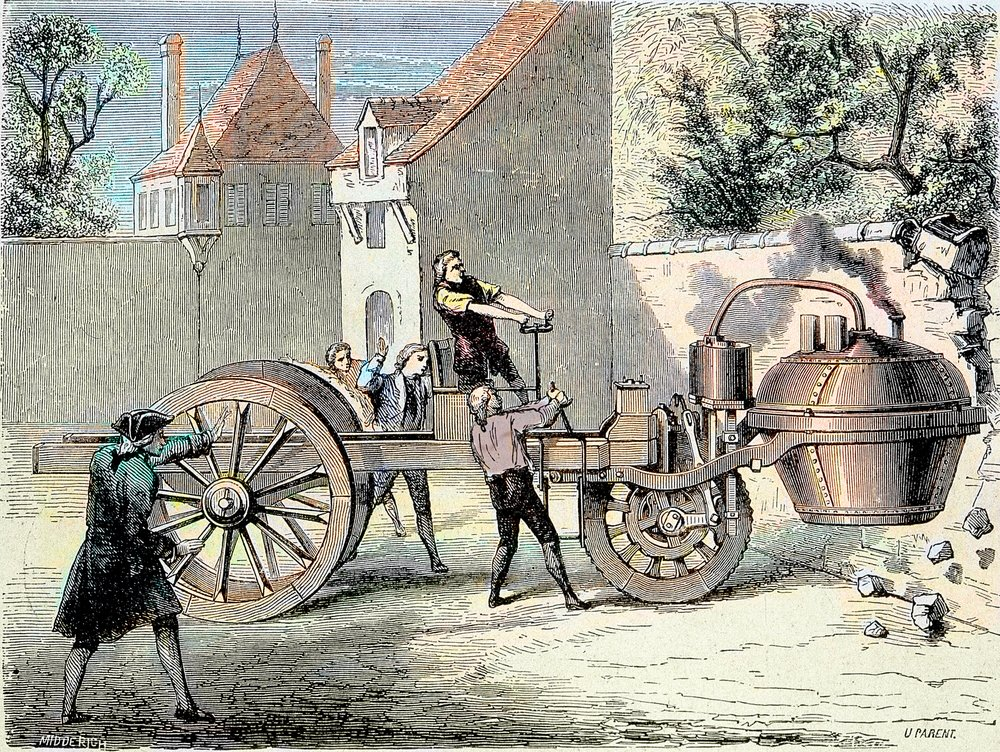
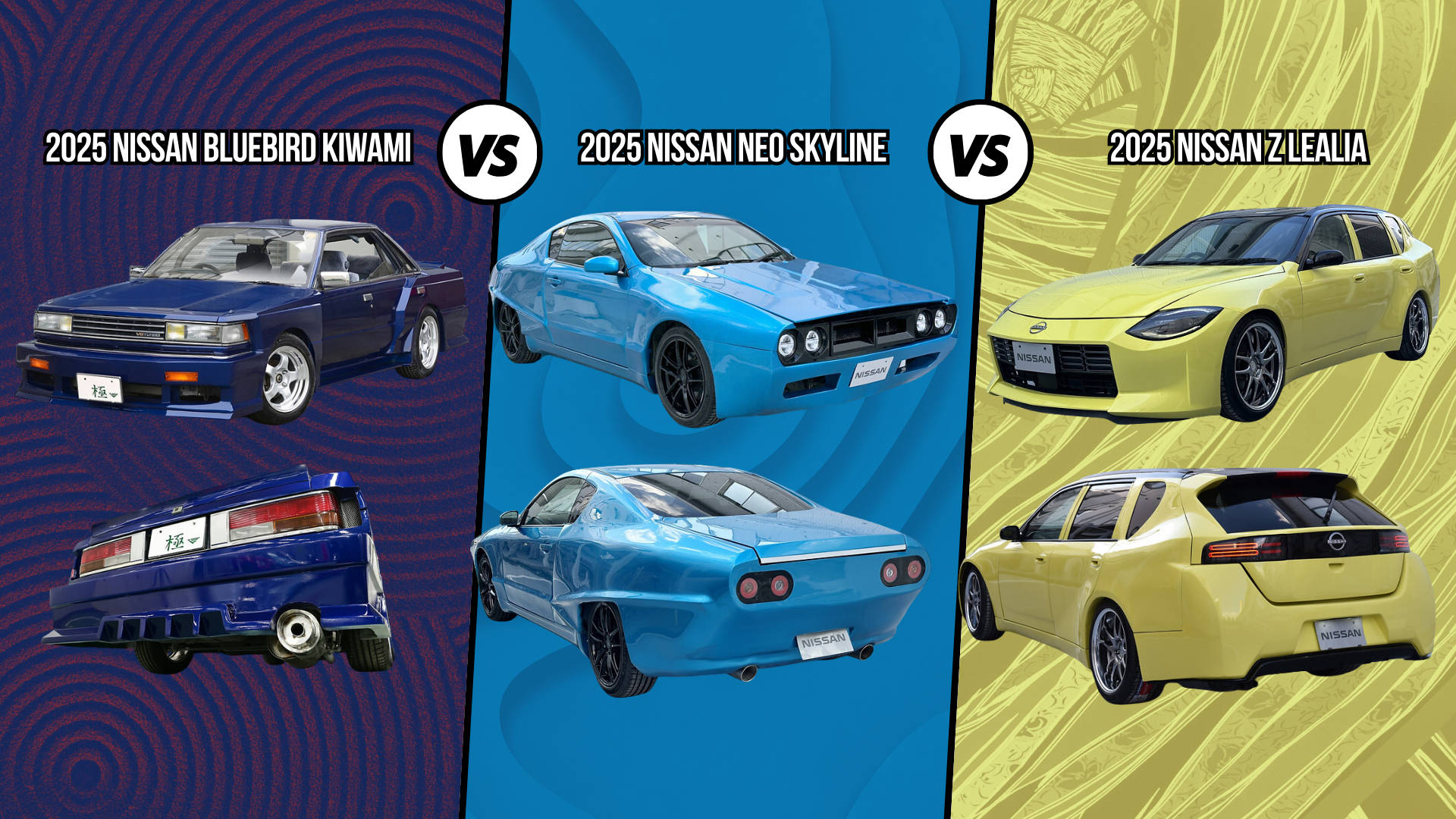
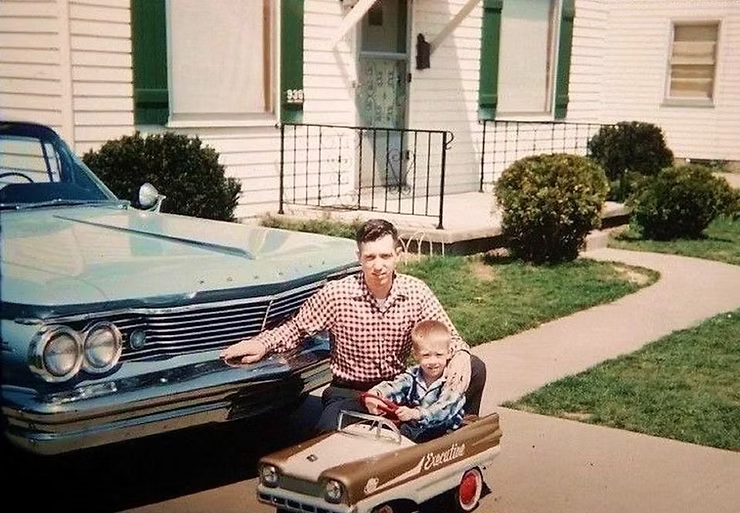
Comments